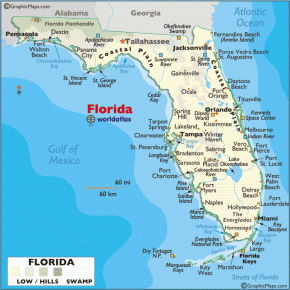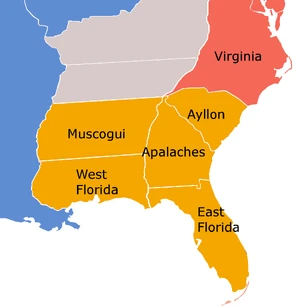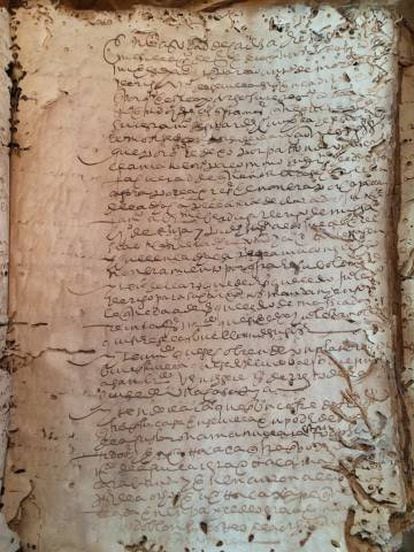What is the lower and center piece, which shows holes?
Could you specify the temporal and geographical context, if possible?
Clockwise from top left: scraper, sharpening stone, decorated rim of a pot, stone tool, half of the bowl of a pipe, poor quality flint arrowhead
All are from the Late Woodland Iroquois Confederation 800ce – 1650ce
I found them all as the sod was stripped off 3 adjacent fields with a tributary of the Rouge River in the middle. The charcoal stain of two longhouses was visible in one field – where I found the pottery, which is one of several pieces. The terracotta pipe bowl is darkened on the inside and you can see a faint indentation from a hollow stick that was used as a stem.
And btw . . . it is all a subdivision now.
Last edited:








































